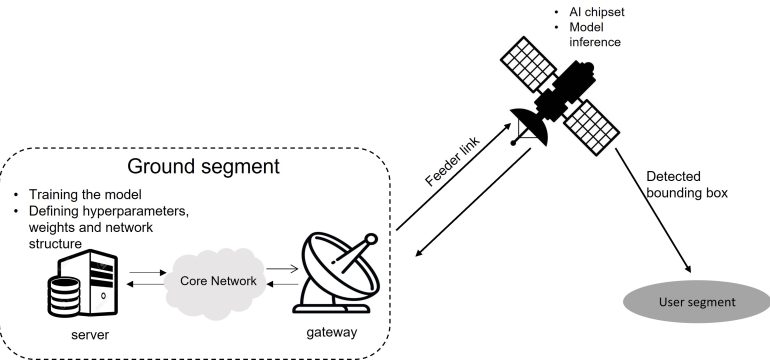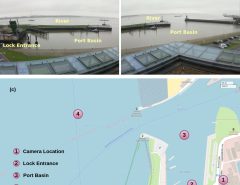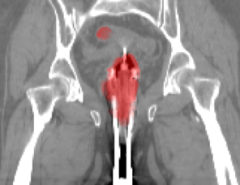Authors: Nafiseh Ghasemi, Jon Alvarez Justo, Marco Celesti, Laurent Despoisse, Jens Nieke
Published on: April 09, 2024
Impact Score: 7.2
Arxiv code: Arxiv:2404.06526
Summary
- What is new: This paper reviews the latest deep learning techniques applied to hyperspectral imagery, focusing on recent developments, challenges, and new trends in methodologies.
- Why this is important: The processing of hyperspectral imagery faces challenges such as limited training data and significant computational requirements.
- What the research proposes: The paper explores solutions like data augmentation, noise reduction using GANs, and the application of lightweight CNN models and 1D CNNs for efficient processing, as well as the potential of FPGAs for improved efficiency.
- Results: It highlights the advantages of various deep learning architectures in handling hyperspectral data and points towards ongoing research in integrating these techniques into Earth observation missions.
Technical Details
Technological frameworks used: Convolutional Neural Networks (CNNs), Autoencoders, Deep Belief Networks (DBNs), Generative Adversarial Networks (GANs), Recurrent Neural Networks (RNNs)
Models used: Lightweight CNN models, 1D CNNs
Data used: Hyperspectral imagery data
Potential Impact
Earth observation, satellite imaging companies, and sectors relying on hyperspectral imaging (agriculture, mineralogy, environment monitoring) could be significantly disrupted or benefit from these advancements.
Want to implement this idea in a business?
We have generated a startup concept here: SpectraNet AI.




Leave a Reply